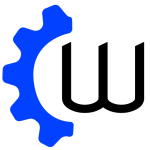Midnight Suns is a video game that feels like it was designed specifically for me, and for my interests.
Midnight Suns is a Marvel-themed tactical RPG from developer Firaxis, best known for the XCOM series. While XCOM and Midnight Suns share the tactical RPG tag, they are very different games. Midnight Suns succeeds because of intentional design choices that speak to Firaxis’ level of understanding of their subject matter and the desires of the audience. While XCOM features disposable troops who can use their actions anytime in a system concerned with advantageous positioning to increase the percentage to hit, Midnight Suns features a card-based system that leans into minion-smashing superhero power fantasy while presenting combat as a puzzle to solve with an uncertain collection of resources each turn.
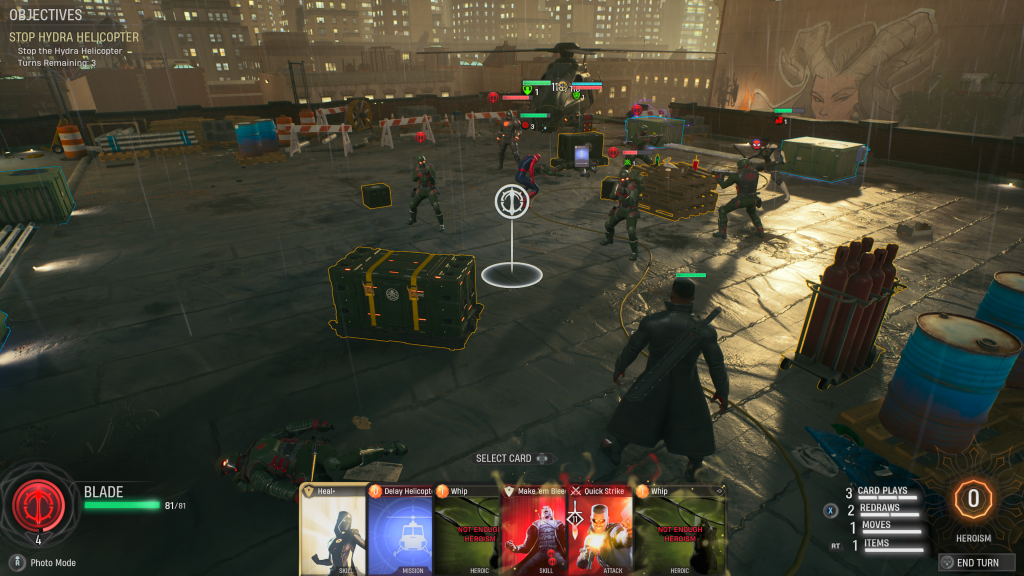
The story is based on the Midnight Sons comic book event from 1992. That event was a crossover of Marvel’s supernatural series, featuring Lilith, a powerful mother of demons, being awakened and threatening all life on Earth. This threat triggers a collection of Marvel’s supernatural heroes to come together to stop her. Notably, the Ghost Riders were the most popular of the heroes included in the comic series. Marvel avoided adding their heavy-hitters to the team, choosing instead to focus on their more niche supernatural characters. The game features a similar story, but the assembled team is a bit different than the original comic version.
In total, the game features 13 unlockable heroes, who cover a surprisingly diverse selection of the Marvel universe. There are the pillars of Marvel, such as Captain America, Iron Man, Spider-Man, and Wolverine, and some deeper cuts like Magik and Robbie Reyes Ghost Rider. Firaxis even managed to get Nico Minoru into the game, which is awesome for fans of The Runaways. Each hero has a deck of cards, of which 8 can be selected for use in battle. These cards provide the actions that can be taken in combat, and are themed around the hero’s powers and fighting style.
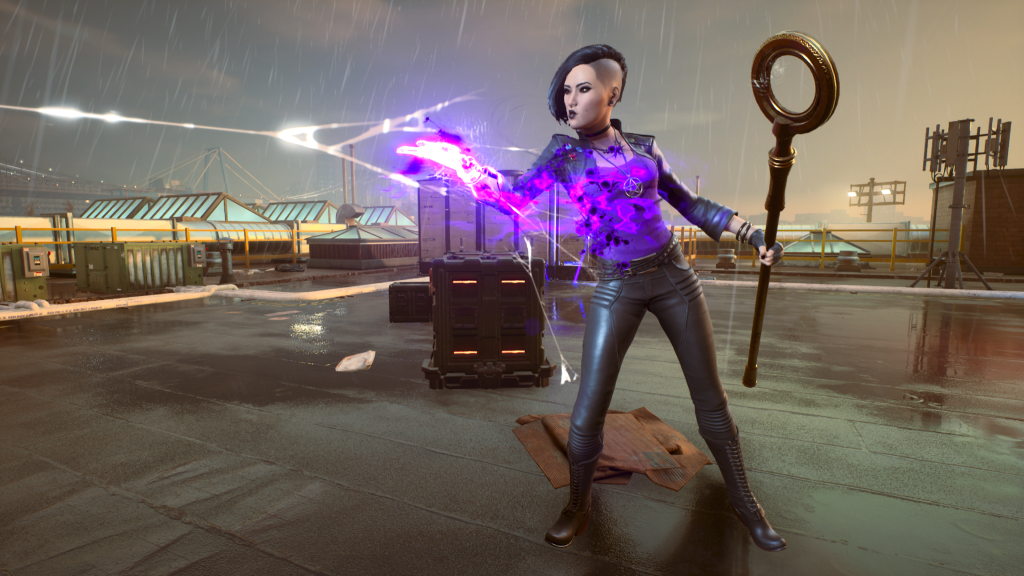
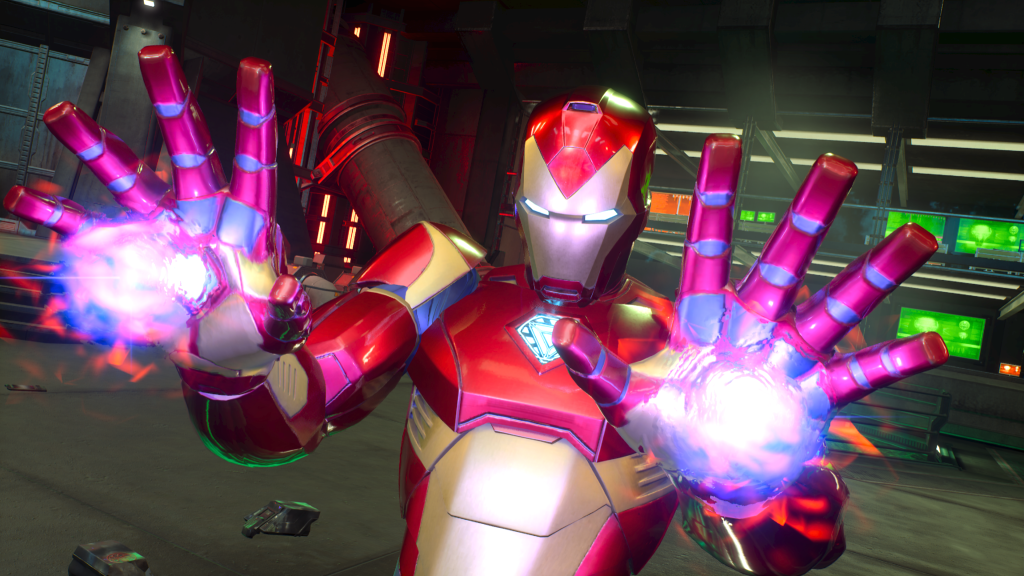
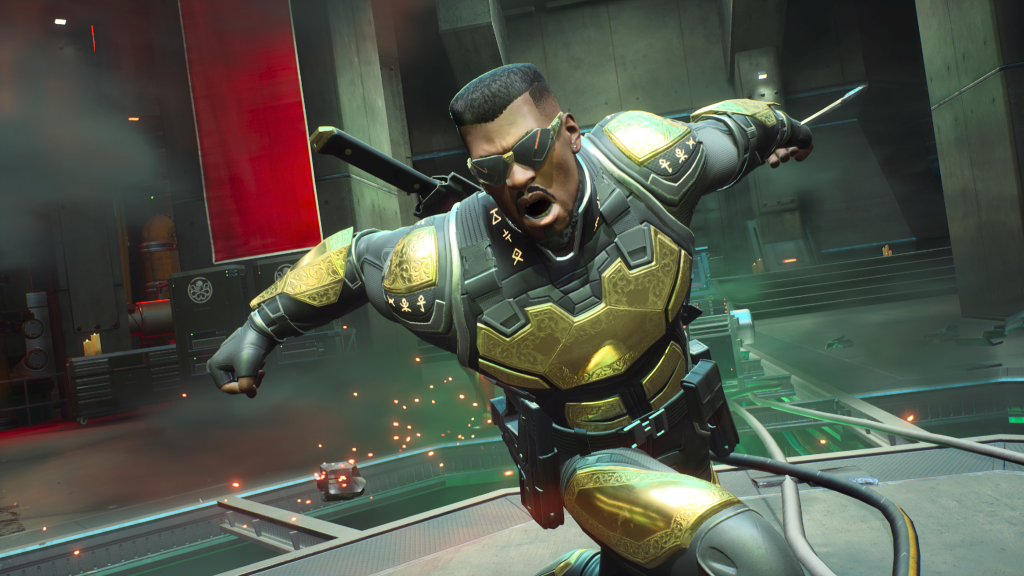
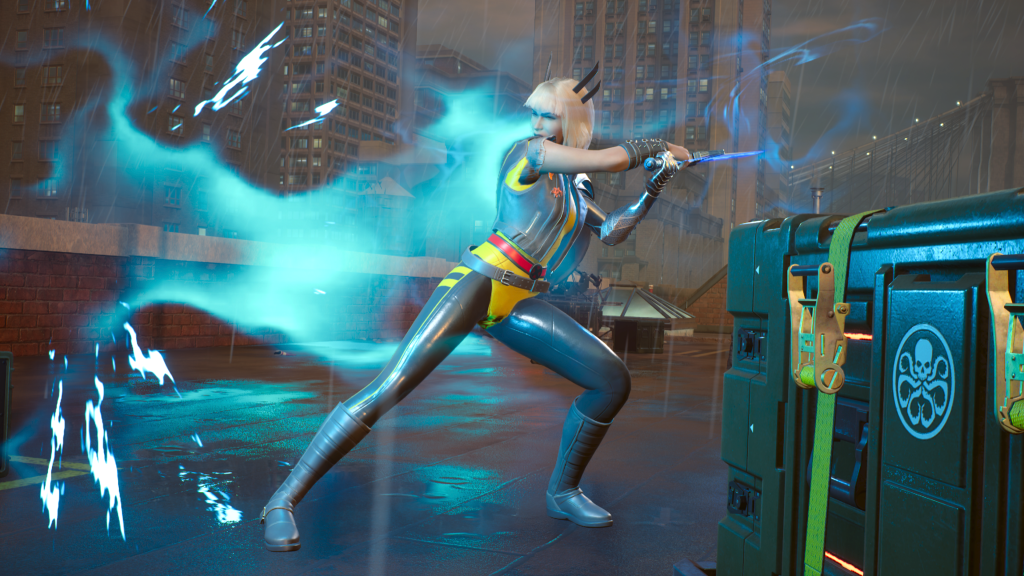
Spider-Man has quick attacks that can clean up low-level foes (often multiple per card) and web up others to make it easier for his teammates to attack them. Captain Marvel takes a bit to charge up, but when she hits her Binary form, her attacks devastate anything in their path. Doctor Strange moves enemies around the combat area, and manipulates the deck of hero cards to gain an advantage. Blade relies on stacking Bleed effects then leveraging them for massive damage. Captain America taunts enemies, building up his Block, then absorbs their attacks with his shield, allowing even the squishiest teammates to operate in relative safety. Magik moves enemies around the combat area, setting up massive area attacks and environmental damage.
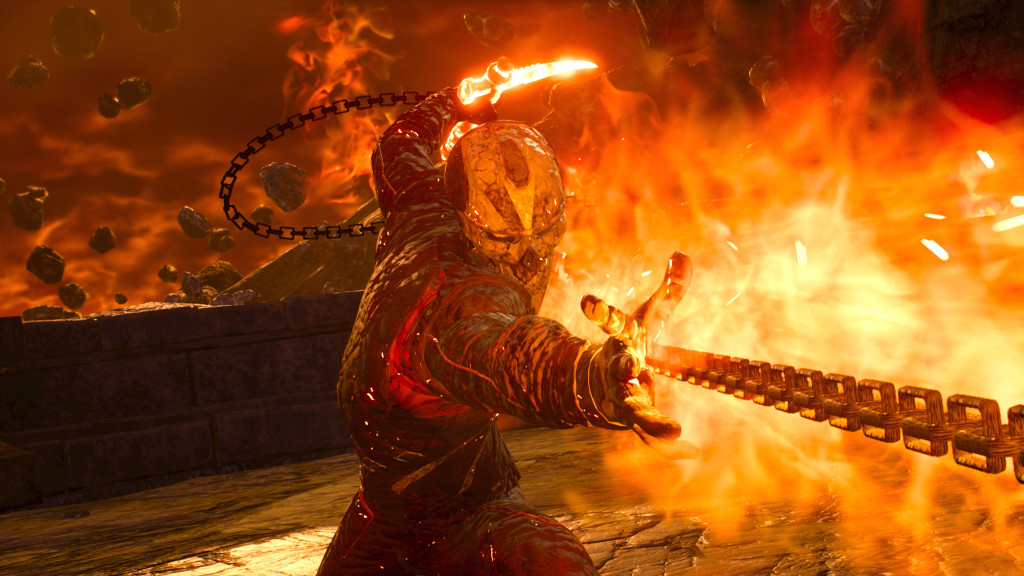
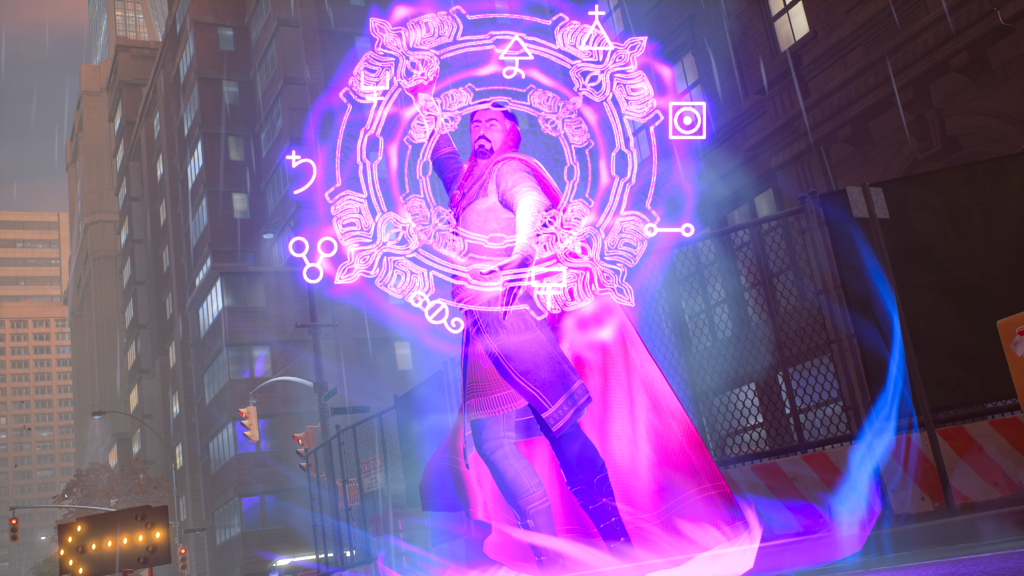
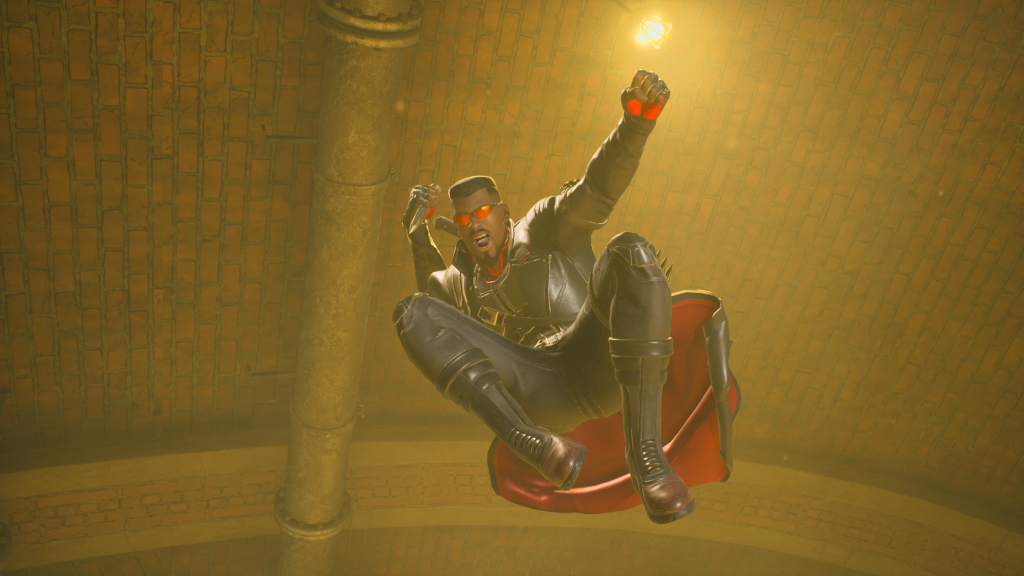
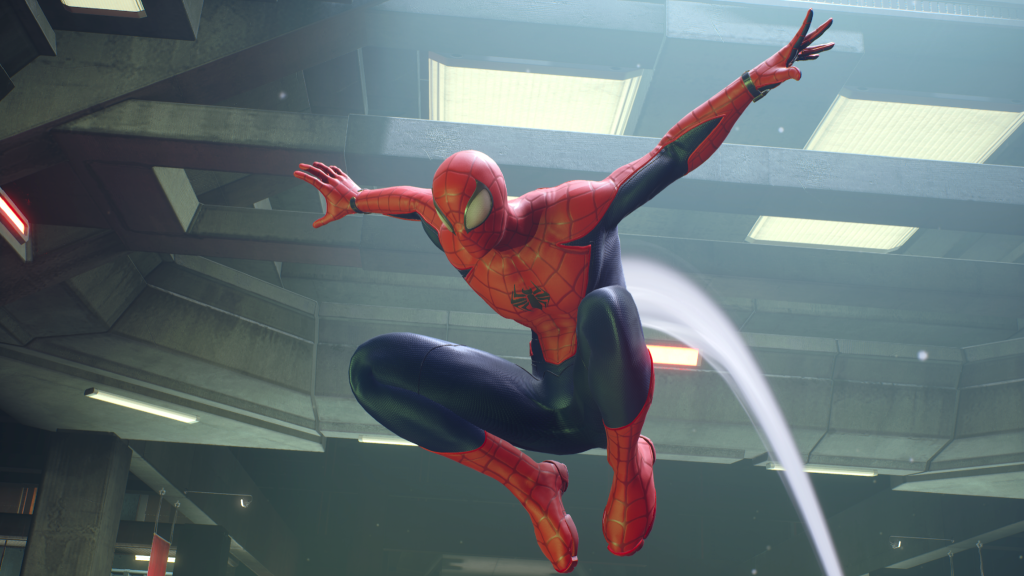
All of the characters are fully voiced, and the voice actors range from good to fantastic. Nico Minoru, Blade, and Magik in particular have excellent performances. Tony Stark is a bit too campy to start, yet somehow it ends up working, and when the character has some emotional scenes the whole thing just starts clicking. These performances are key because a large part of the game doesn’t involve combat at all. Each character has a series of costumes, shaders for those costumes, and casual attires that can be unlocked by cultivating strictly platonic relationships with each hero. There’s even powered up versions of the hero cards to be unlocked, and as you rank up your friendships, the team as a whole unlocks special team-up cards to be used in battle, and other bonuses.
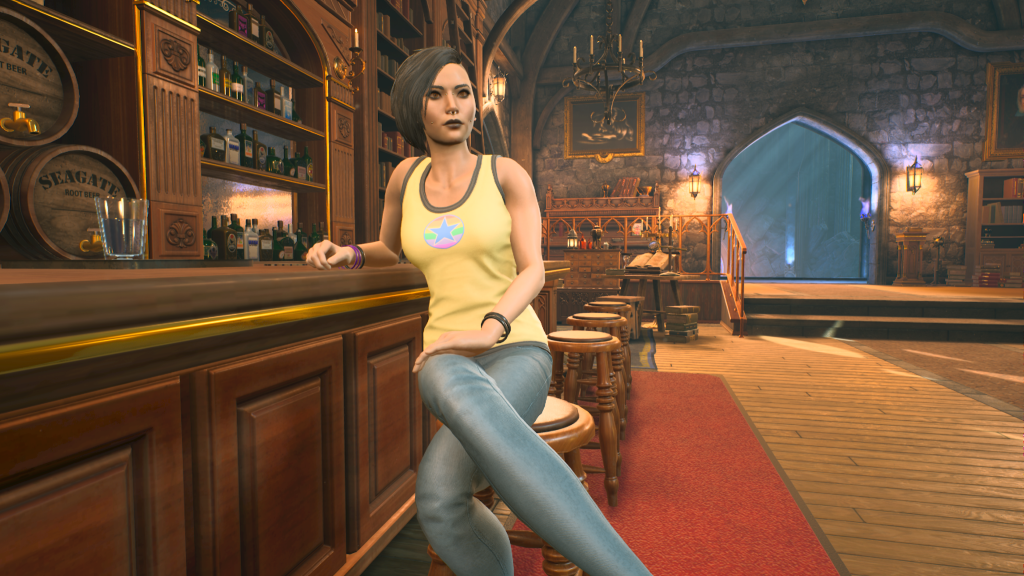
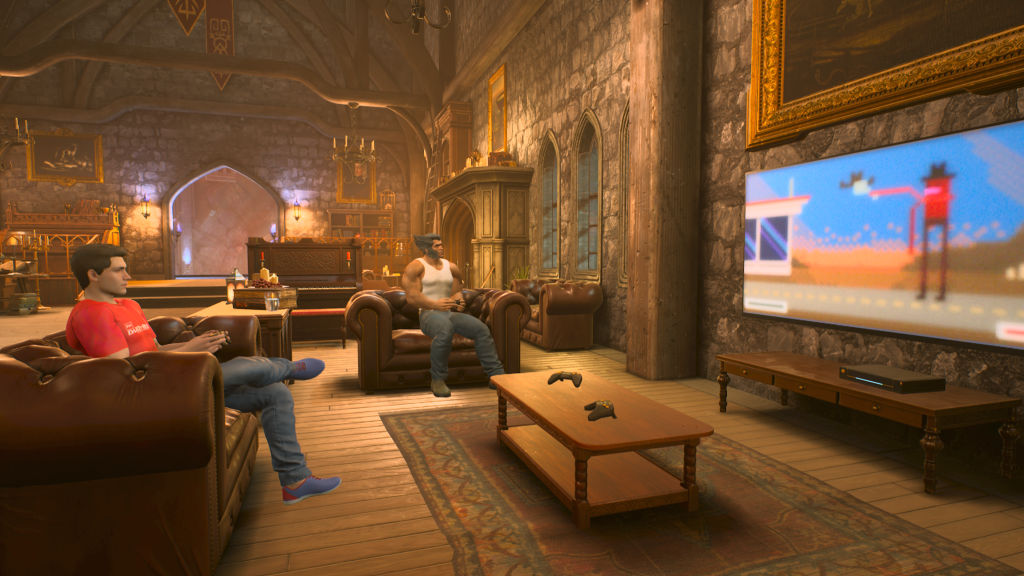
As the player, you inhabit an original character, called The Hunter, who is the child of the game’s antagonist, Lilith. The creation suite isn’t as deep as those found in Cyberpunk, Fallout, or the online modes in Grand Theft Auto or Red Dead Redemption. You choose a body type, preset face, skin tone, and hair. The Hunter is also full voiced, featuring masculine and feminine options, though these are tied to the body type selected. Choices made, from dialogue options to the type of cards you include in The Hunter’s deck all shape whether your character leans light or dark. This shapes a few things, from how well you can build friendships with certain heroes to clothing option unlocks.
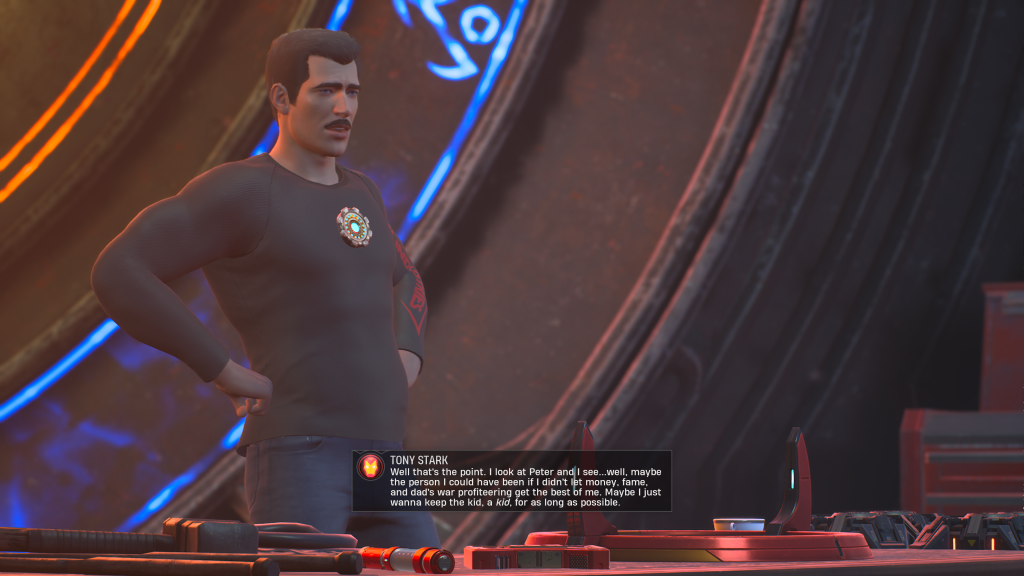
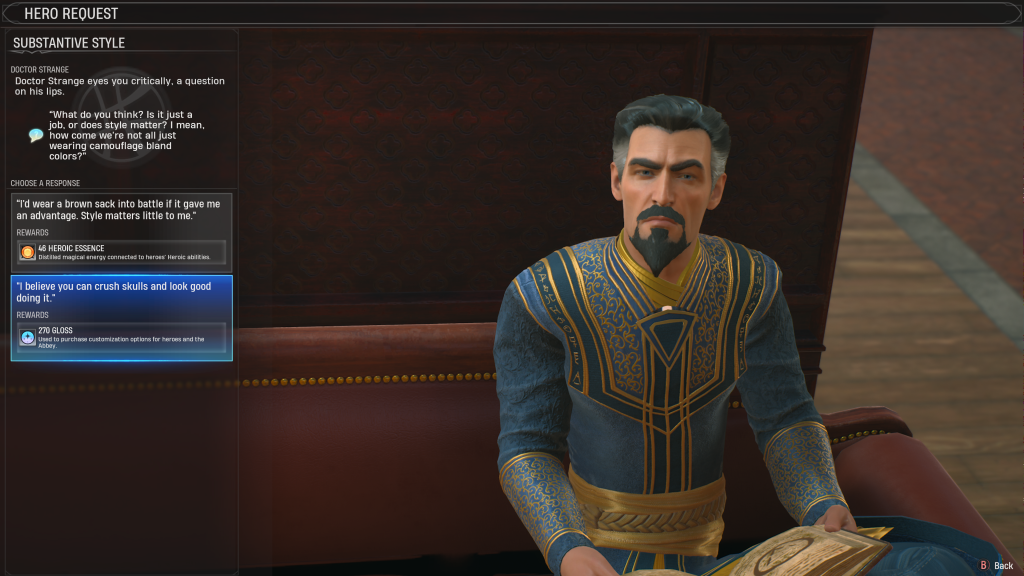
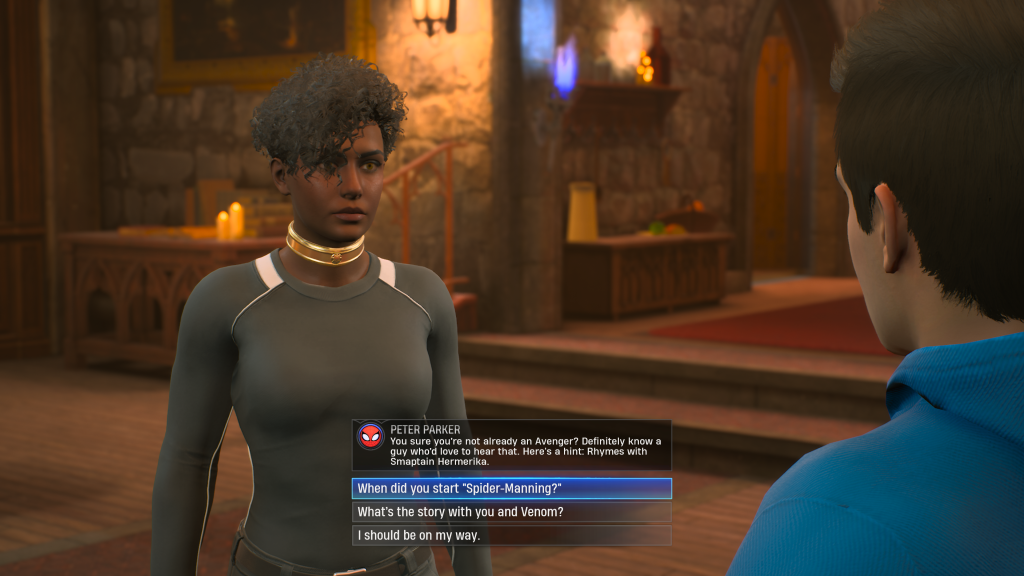
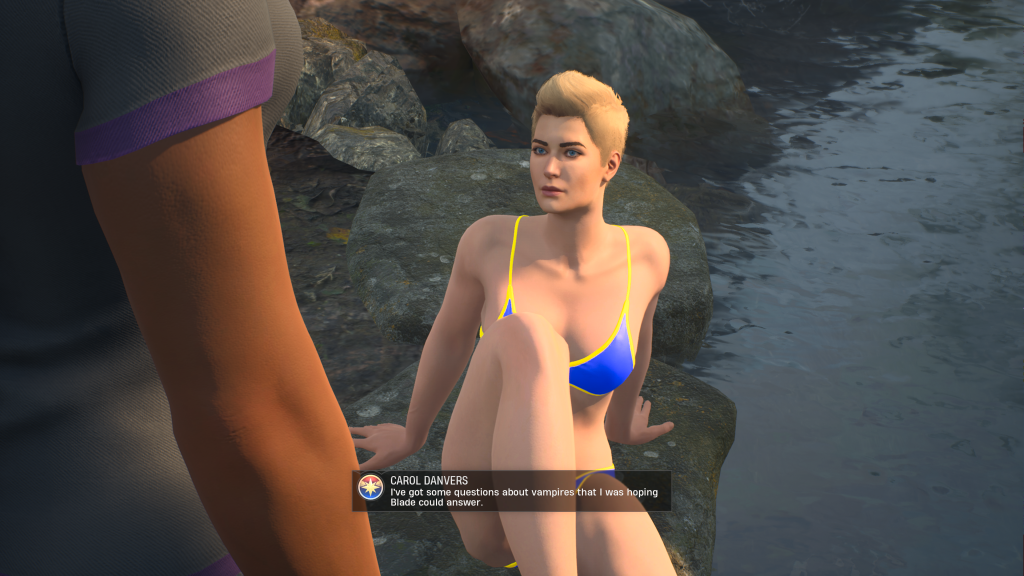
All of this is done inside the game’s base of operations,The Abbey, a properly gothic-looking fortress in a sort-of alternate dimension just outside of Salem, Massachusetts. Between missions, you can explore the building and the grounds beyond in search of collectables and resources for research projects. There’s also havens for socializing with that special non-romantic someone, and gifts to give them when you do.
The Abbey is thematically perfect for the kind of demons and witchcraft story that unfolds within the game. Stark Tower or a S.H.I.E.L.D. Helicarrier would have felt wrong for the backs-against-the-wall story happening here, and it’s nice to take a break from those settings. Iconic as they are, they have begun to feel overdone, and they feel a bit too techy and bland for the mystical side of the Marvel universe. Even Doctor Strange’s Sanctum Sanctorum would have ultimately been the incorrect choice for the hero’s home base. There’s something a bit more desperate about not having access to the iconic headquarters of Marvel’s iconic teams, and it helps drive home the dire situation leading to the formation of this group.
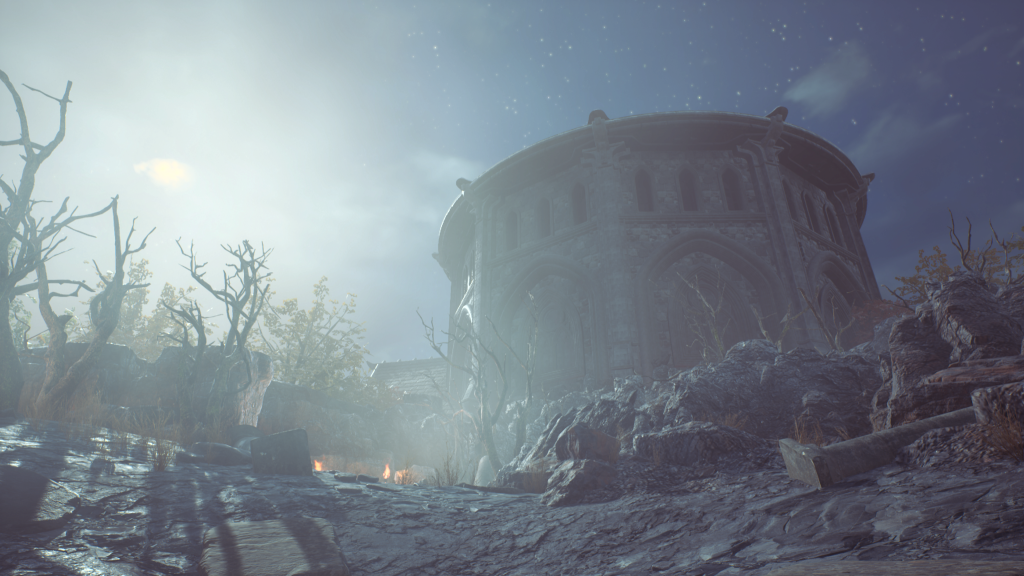
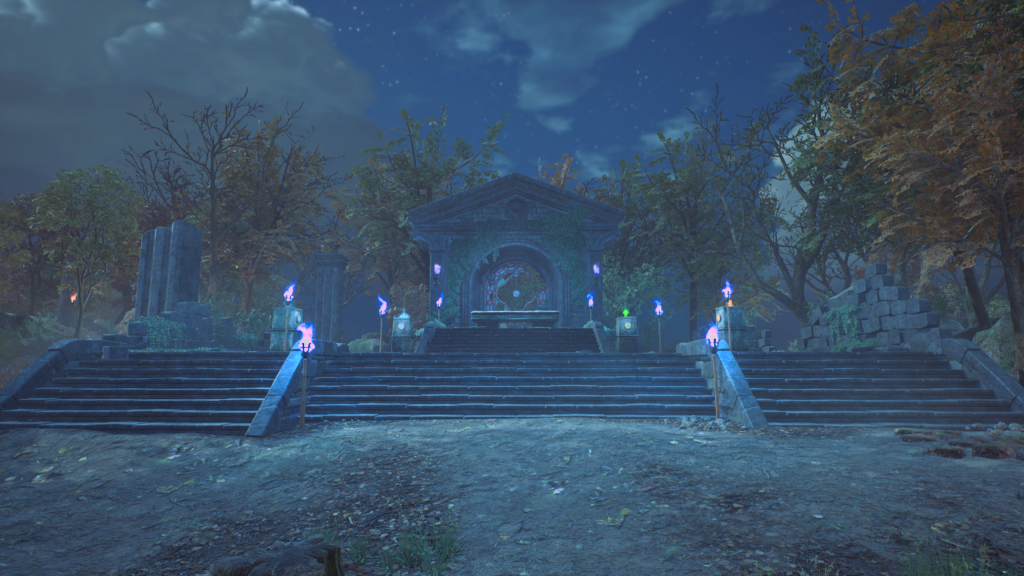
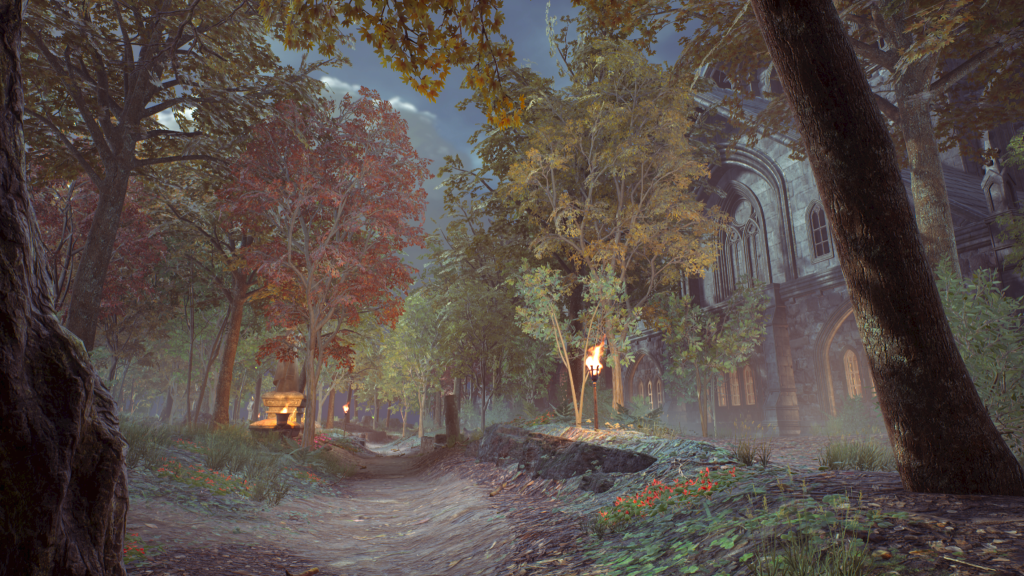
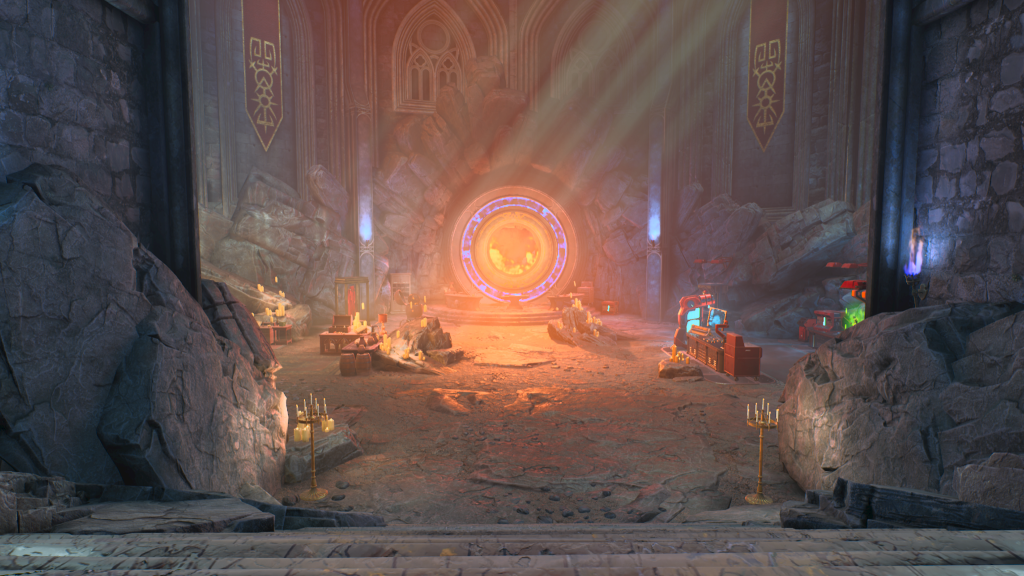
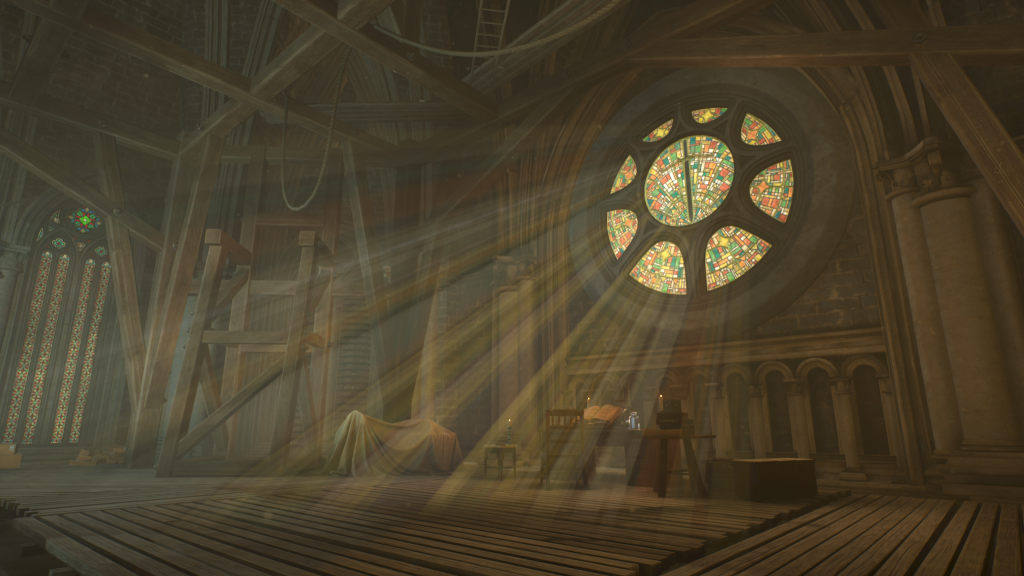
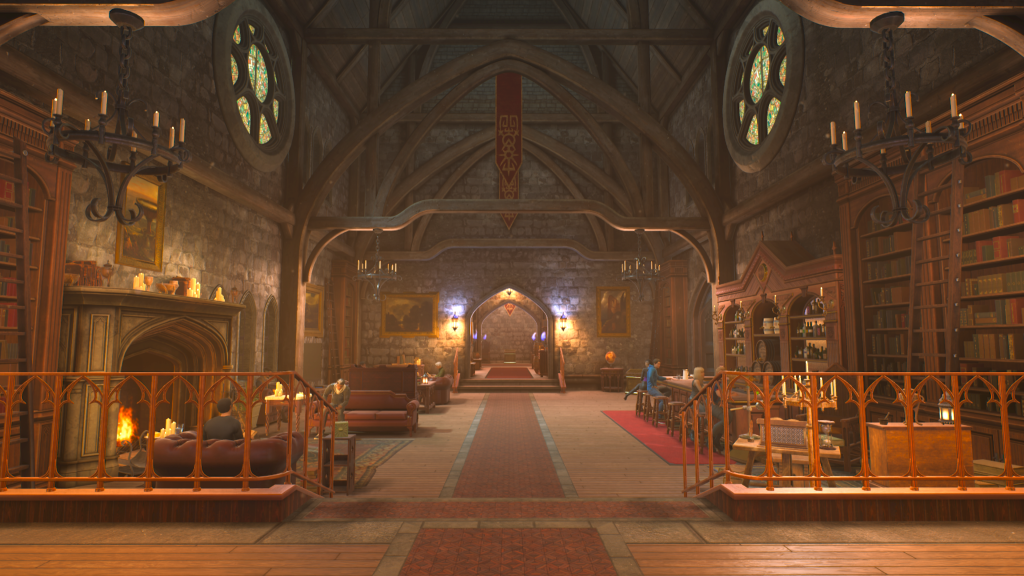
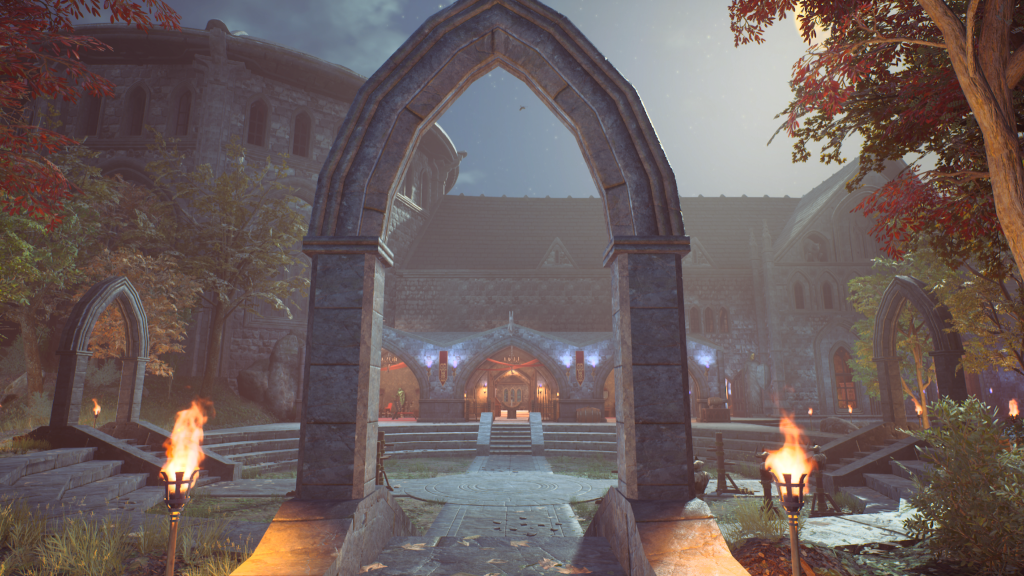
The Abbey, while grand in size, isn’t the kind of iconic structure that feels like it belongs to one of the existing heroes. The Abbey belongs to you, and the Hunter you create, and that creates a different relationship with the space than many other Marvel games. You’re not rummaging through Tony Stark’s junk, or hacking into Nick Fury’s secret rooms. You’re exploring forgotten areas of your own home. It’s more personal, and it feels more lived in than most of the bland headquarters found in other games. Some of that is due to the excellent small talk between characters, especially after big story beats. The social sim aspect, and the way the characters relate to each other, and to The Hunter, make the setting work. The Abbey is not just an old building, it’s the place where Peter Parker and Robbie Reyes became BFFs, and where Tony and Doctor Spooky had some hilarious brotherly banter.
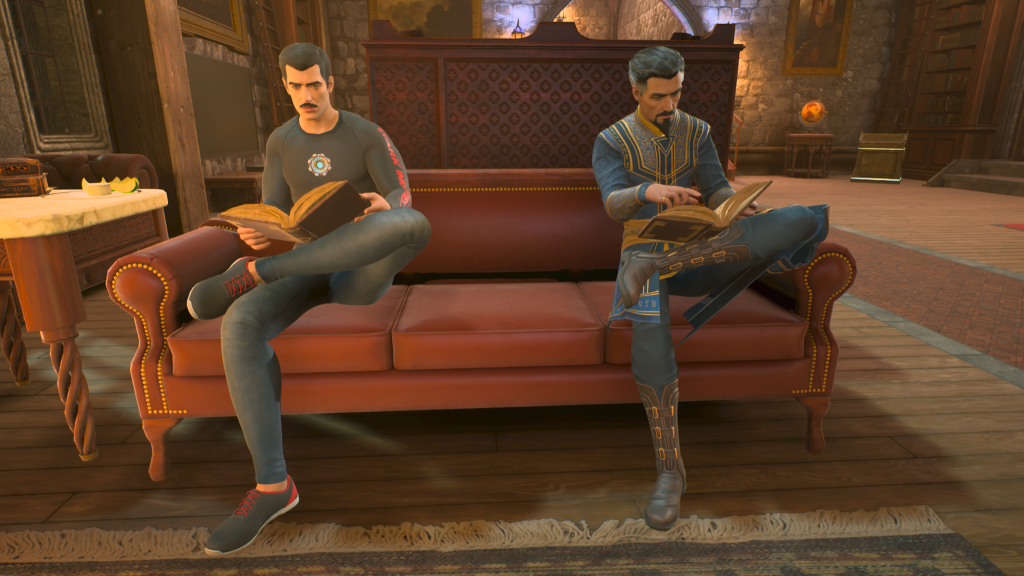
Some of that lived in feeling comes from exploring the grounds and completing mysteries that tell the story of The Abbey and the surrounding area. These mysteries aren’t all that difficult to solve, but they add so much lore to the setting that they feel worth doing. There’s also casual outfits that the heroes wear during their downtime, and as you unlock them you can have the heroes wear a different outfit each day. It’s a little thing, but it makes the game world feel just a bit more lived in.
The writing in this game is very good. There is a lot of dialogue in the game, and there are very few lines that don’t work. When characters have friction with each other, it doesn’t feel like shallow issues to stall for time. The characters have a reason to feel how they feel, and they emote them well. At times, there are awkward lines, but these are few and far between, and are no more cringey than the sorts of lines that frequent the source material. Some lines you hear often, and they stick with you. I delight when Tony Stark invites me to his Scary Demon Cave.
It’s that sort of intelligent design of marrying the theme to the game mechanics that creates a space for Midnight Suns to shine. Nowhere does the game shine more than in combat. Midnight Suns feels like it could be a skirmish wargame with models to build and paint and then send into battles on tabletops. The card combat system is largely what drives that feeling, but other aspects of the combat feel like they could find themselves ported to a tabletop with ease. There’s a brilliance in the way that Firaxis abstracts not only the power fantasy of superheroes but also the core of what makes each hero unique and distills that into combat puzzles that reward you for playing a character to their strengths. That feeling when you get your combat engine really going brings a specific joy to your time in combat.
One of the negatives of a game like Marvel Ultimate Alliance 3 is that each hero is distilled down to fit into an archetype. There’s little difference between Captain Marvel and Iron Man, since to MUA3, they’re both ranged damage-dealers who can fly and perform flashy charge attacks. In Midnight Suns, they’re vastly different characters. Iron Man is a character who can set up advantageous situations and break enemy defenses, while also having the ability to do lots of damage. Captain Marvel is a tanky brawler who powers up into a wrecking ball, and relies on her teammates to set her up for powerful finishing shots and combinations.
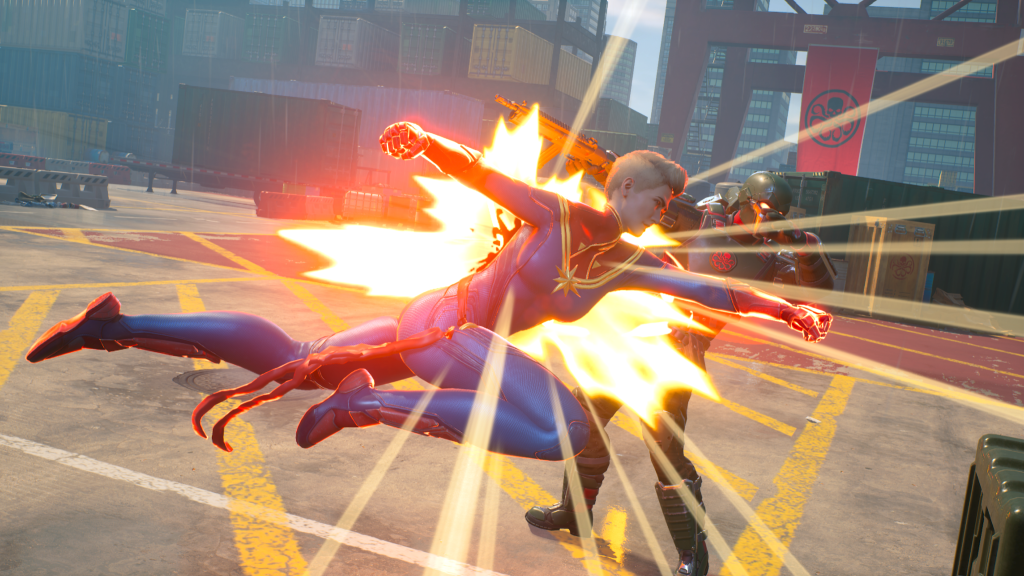
By divorcing a character’s actions from available controller buttons or a list of abilities that can be done anytime, Firaxis allows Midnight Suns’ heroes to feel like they’re actually superpowered. There’s no button-mashing to power up a ranged blast that barely takes out a few minions, like in action-RPGs such as Marvel Ultimate Alliance. There’s also no frustration that a character is slightly too far out of position to get more than a 31% chance of hitting their special attack, like in XCOM. In Midnight Suns, if you have the card in your hand and enough available power (from a shared pool called Heroism), you can do the ability. Where Firaxis builds depth is in how those cards are used. In a turn, you can only play 3 cards from your hand of 5, and move one character. Some cards don’t count towards that cap, and others get refunded if a certain condition is met, such as KOing the target. Damage is also increased if a foe is smashed into an object, like an oil drum.
Moving heroes around, or attempting to trigger knockback chains that end in a series of KOs is not only rewarding, but crucial to maximizing combat. Each time you end your turn, minions arrive to keep trying to take you out. Wasting all three cards on minions each turn will either get you KO’d or lead you to lose the main objective of the mission. But minions also do enough damage in numbers that you can’t afford to ignore them for long. Each turn is like a puzzle, as you work out how to maximize each card you have, and where to make best use of your limited redraws. When you choose to use an ability, and which foe to target with it is incredibly important.
At times, you can discover these lovely little combos that feel like cheating, but they’re just how the game is meant to be played. I’ve found Spider-Man and Doctor Strange to be a pretty fun pairing. Spider-Man has cards called Quick Kick, which knockback foes and do not count towards the 3 card play count if the attack KOs the target. Doctor Strange has a Skill card called Agamotto’s Gaze, which allows you to draw the last 2 attack cards played, and lets you play 4 cards the next turn, instead of the normal 3. One particularly fun combination is if you can get both of Spider-Man’s Quick Kicks and an Agamotto’s Gaze. When used together, Spider-Man can clean up all or most of the low-level foes in one turn, and you only are charged a single card play. On top of that, you get to play one extra card the next turn. When you pull it off, it feels like cheating, but that’s the kind of trick that you are meant to play. Later in the game, with more unlocked heroes and better cards, these combos get even more wild.
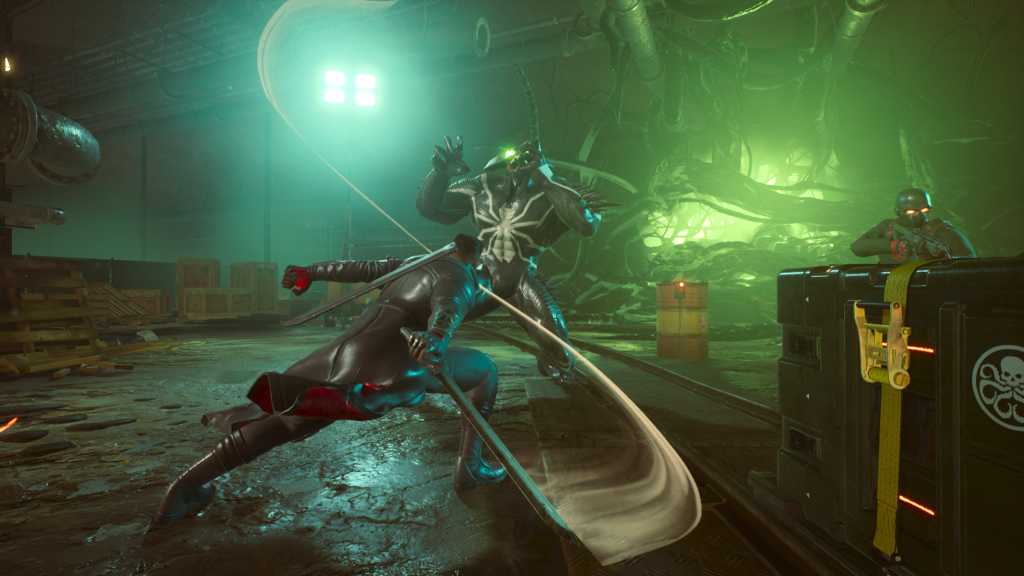
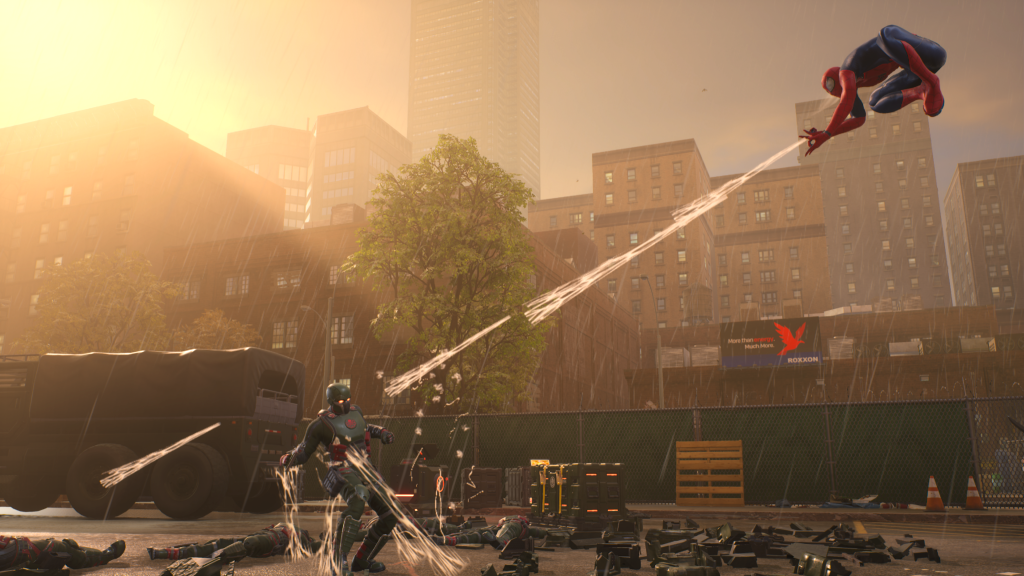
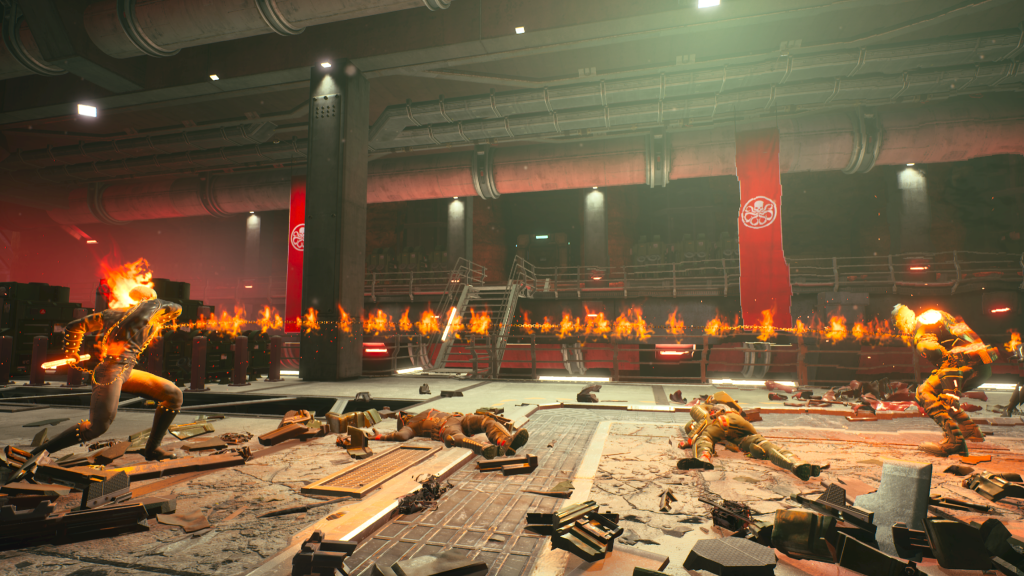
That’s ultimately what makes the combat in Midnight Suns so rewarding. The game wants you to pull off ridiculous plays, and even something simple such as clearing out the cannon fodder feels like a blast. That could feel shallow, but it doesn’t in this system. You still have to manage your hand, and you still have to plan how to get the best out of the cards you’ve drawn for the turn. It’s that mechanic that both grounds boss battles and keeps them from feeling too formulaic. That style also puts an emphasis on finding synergies within your team. You are rewarded for your efforts to combine heroes that play well together, and for building decks that feed off each other to kick off important combos.
Leveling up cards and tailoring decks is an important part of the combat system. Cards can be combined with identical versions to create upgraded cards. These reduce cost to play, increase damage, or add a special effect to the base card. You can also mod cards to add random effects, and later you can upgrade The Abbey to be able to swap these mods out. Some combinations of card upgrades and mods can even cards out, offering more utility to cards that otherwise are special use cases. Others add effects that make the cards even more potent.
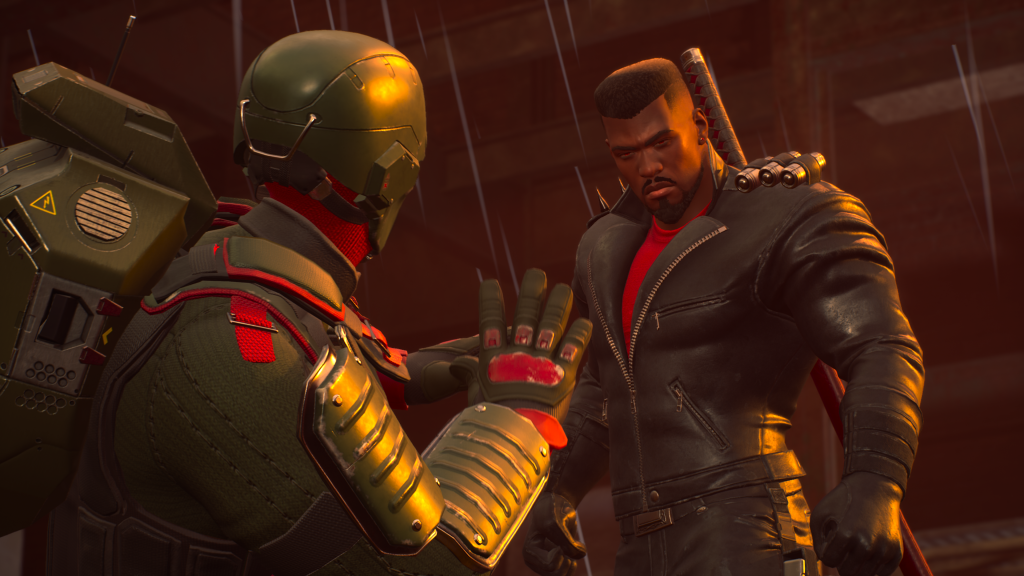
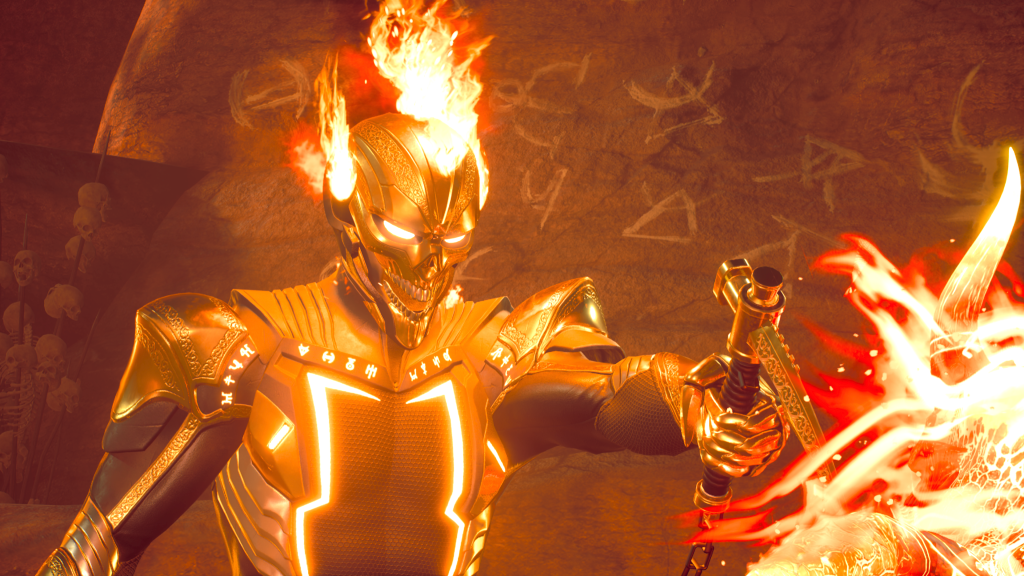
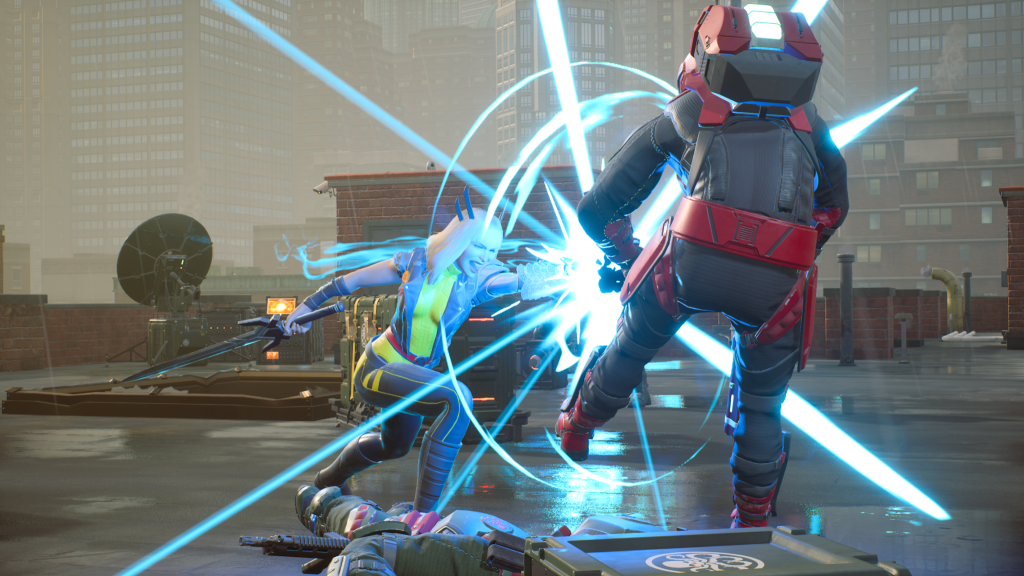
The way these cards play together in the character’s deck is extremely important. By the midpoint of the game, it is imperative to have decks full of upgraded cards. Enemies hit harder, and reinforcements get stronger, so getting your card plays working early is key. Each character has a few ways that you can build their decks, and min/maxers will delight in finding the best way to chop down Hydra troops and demons. For most players, each character can be tailored to fit certain niches within the character’s broader role. Wolverine and Captain America are damage absorbing tanks, but within that role each can achieve those ends in different ways. Cap can build up his Block easily, but a more damage-focused Cap can spend that Block to deal extra damage. A more defensive Cap can focus on building as much Block as possible, then taunting enemies to keep them from attacking his squad mates. How you customize the decks largely depends on how you want the hero to play, and that makes the combat feel even more rewarding.
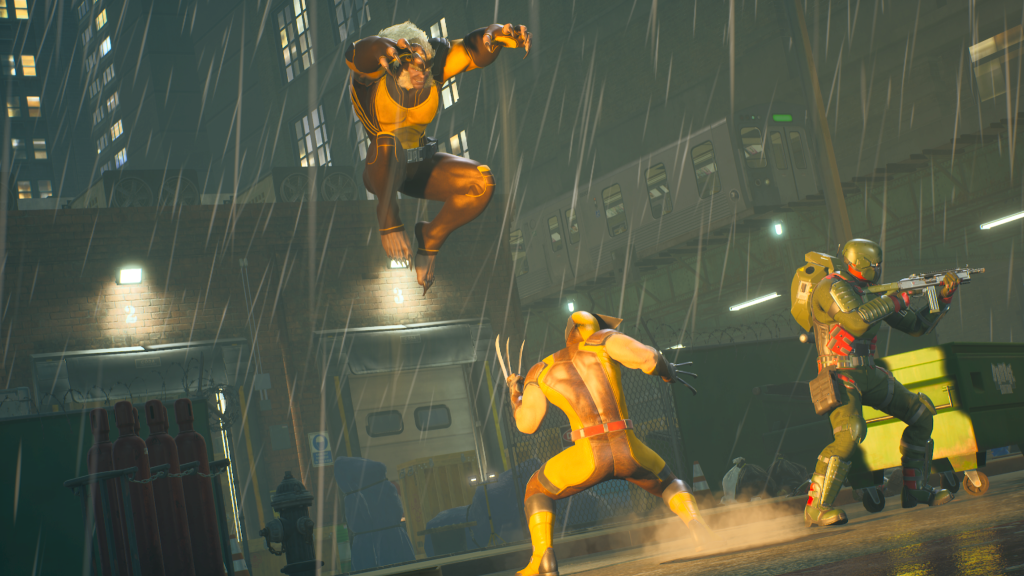
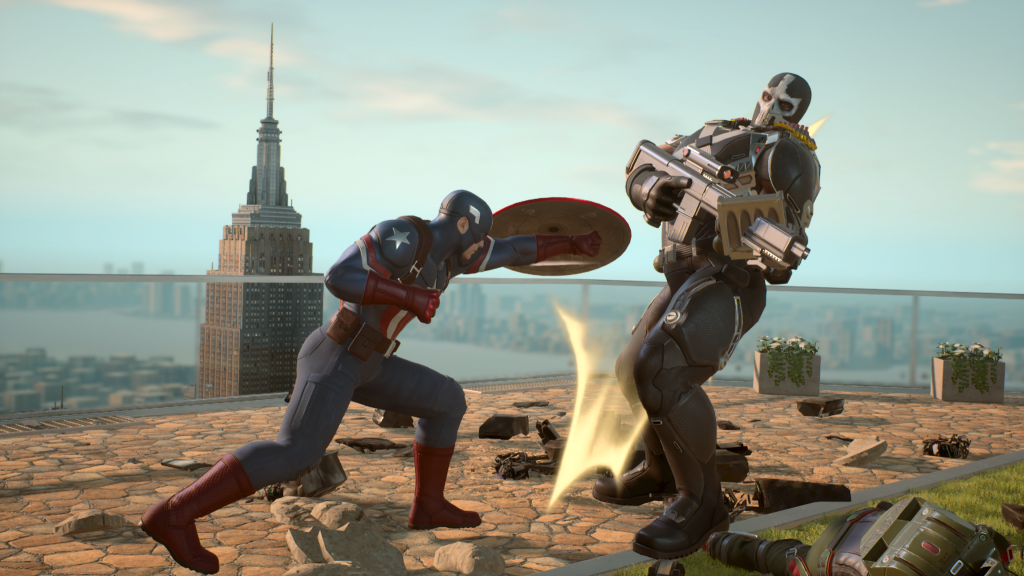
At the end of each Mission you can design a comic cover to commemorate your success. These can be saved and added to picture frames around The Abbey. I’ve spent a concerning amount of time making comic book covers, especially around the big story missions. You can access this creator from the pause menu at any time, and I’ve certainly messed around with it when I wanted a break from the real world but I was also too tired to get anything done in the game. There’s also a photo mode that can be used at any time, from exploration to combat. All the images in this article, except those featuring the UI, conversations or the comic book covers, are from photo mode.
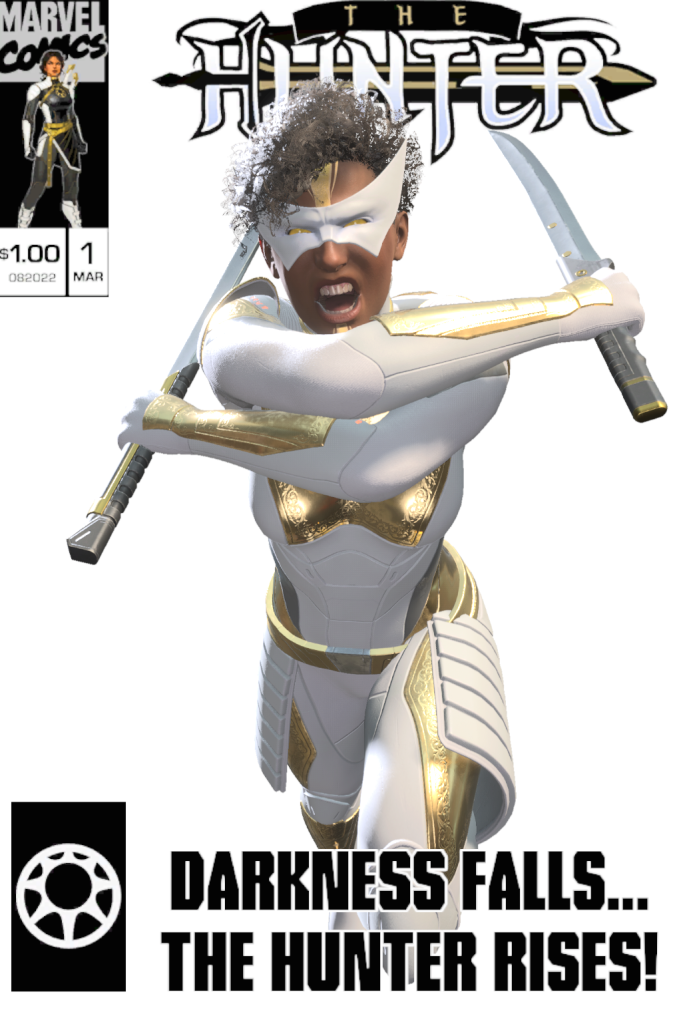
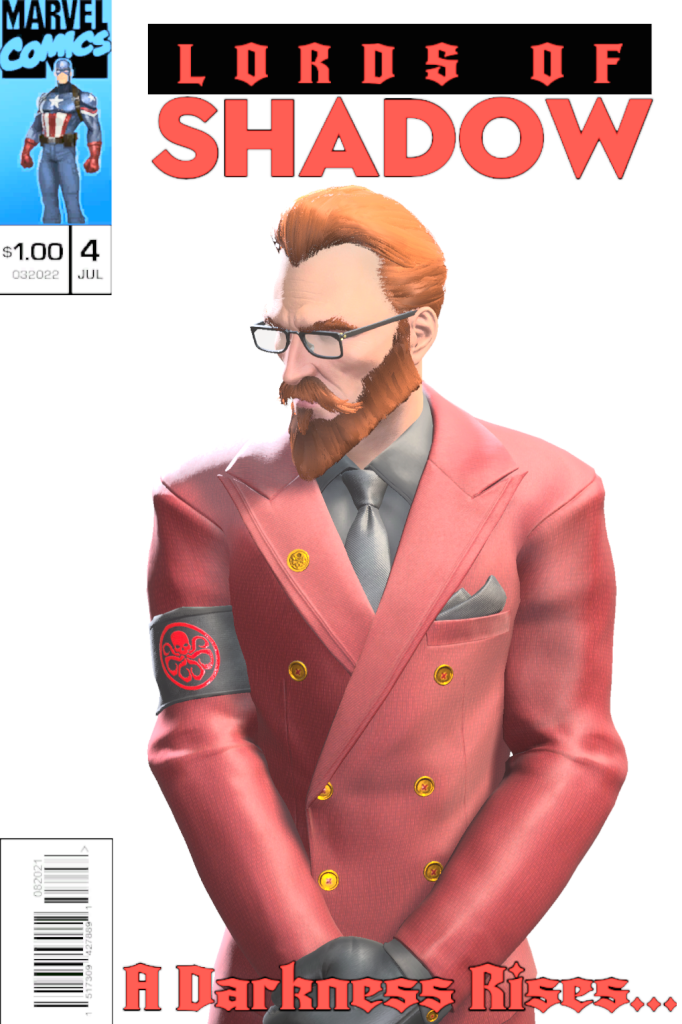
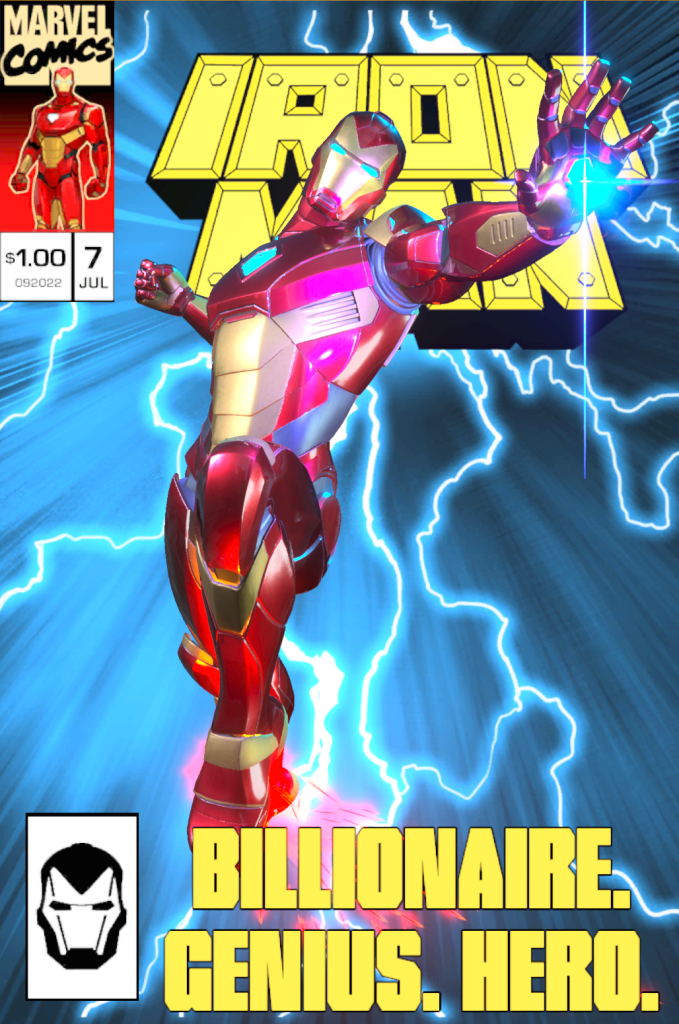
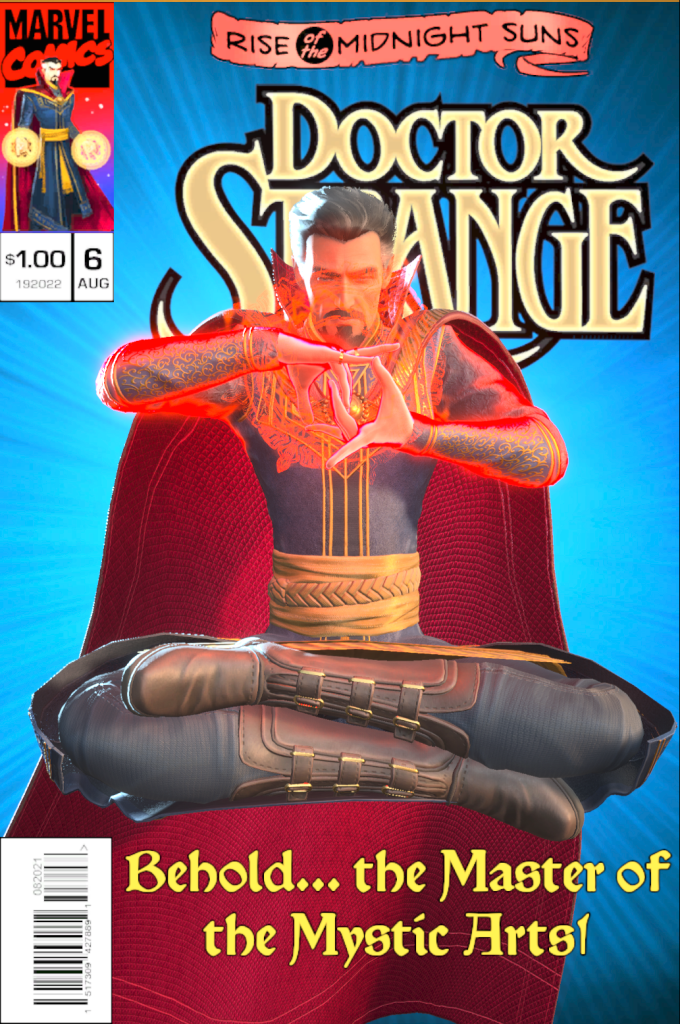
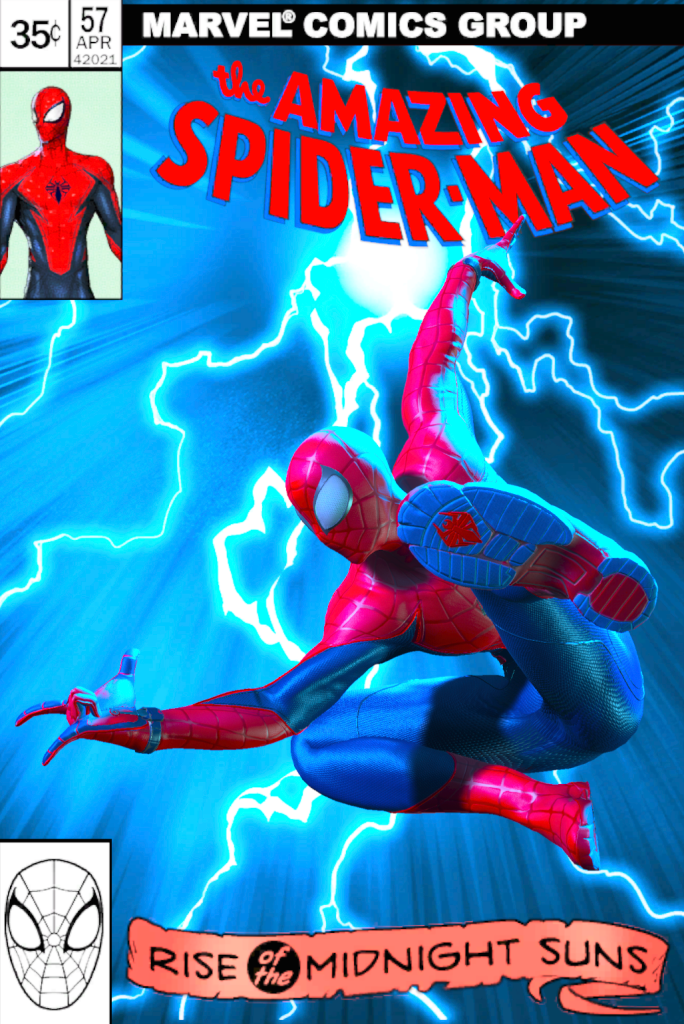
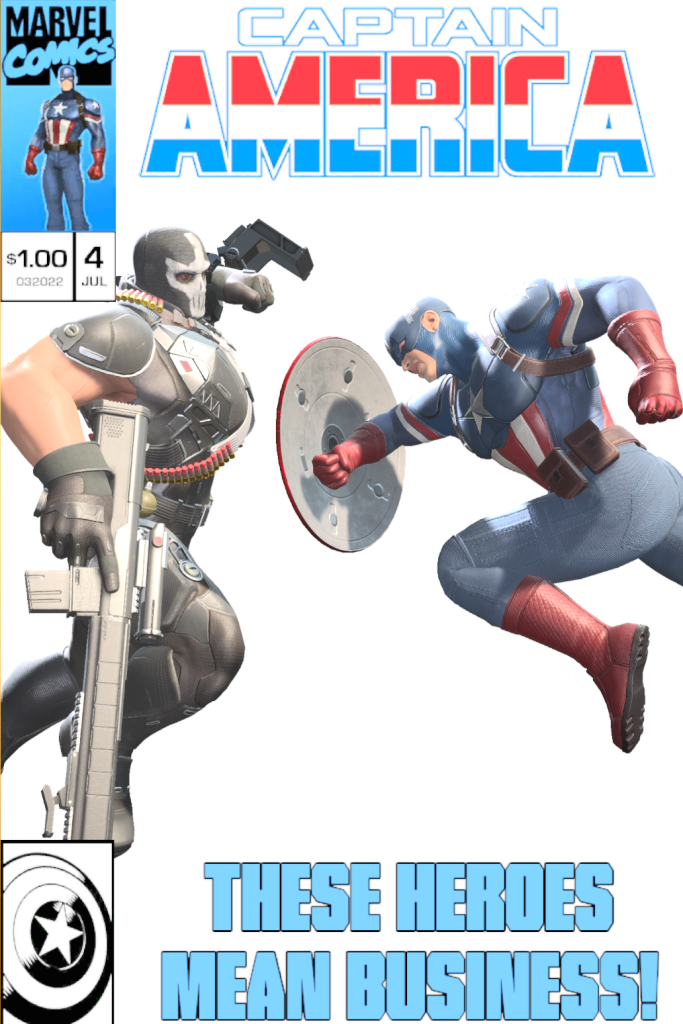
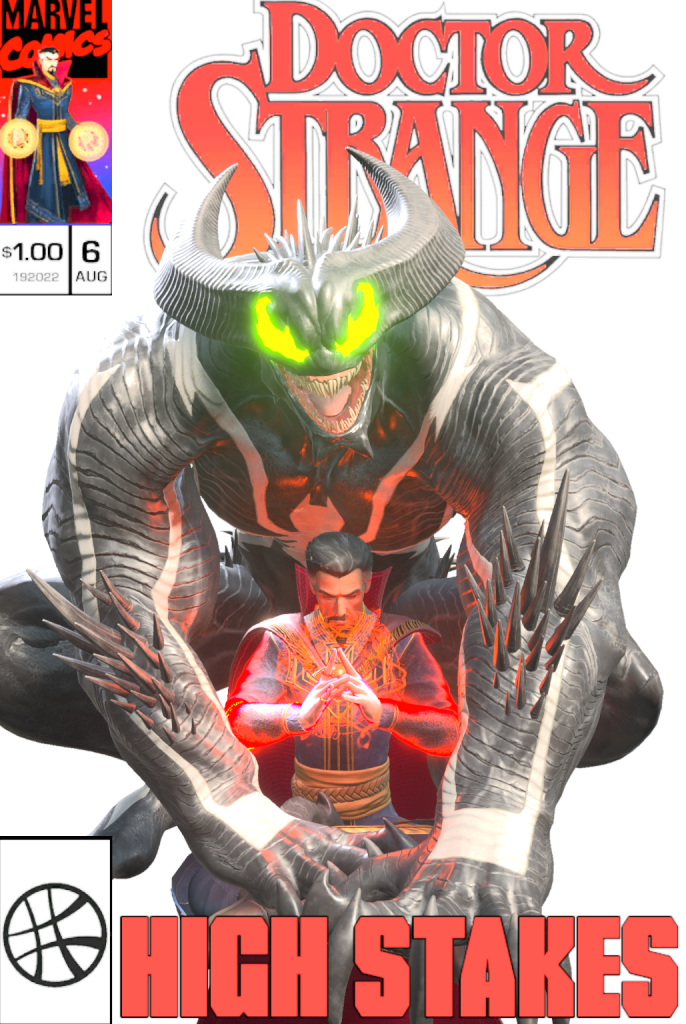
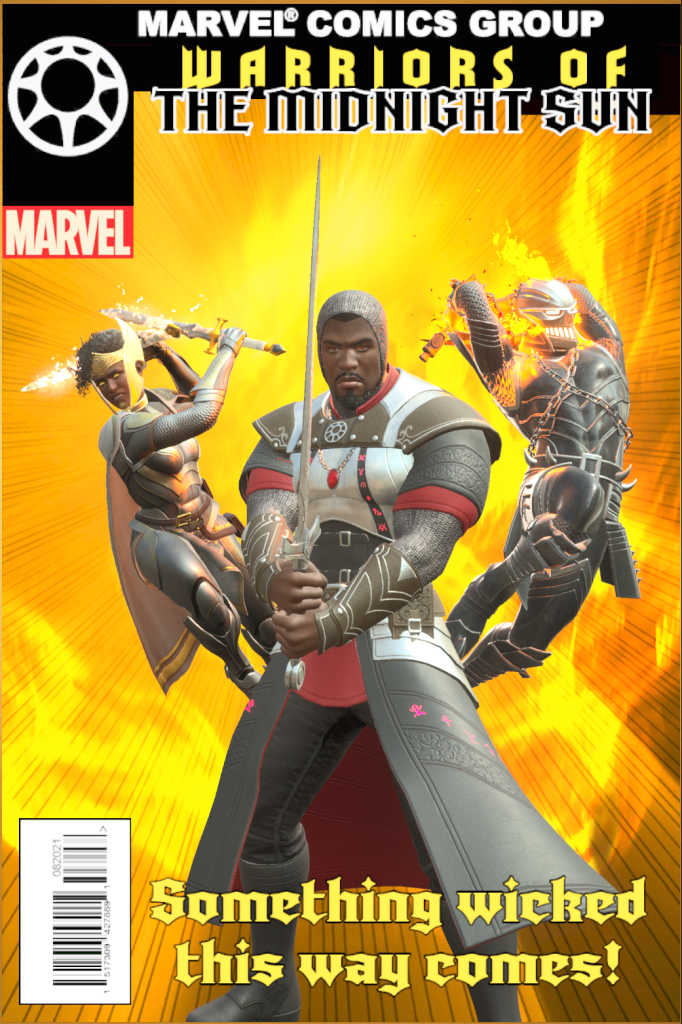
The game does have opportunities for improvement. When putting together Hero decks, there isn’t a way to save them and easily swap between them based on the mission. For as good as the deck building is, the UI is just cumbersome enough that swapping out cards to tailor a Hero deck for each mission feels too difficult to be viable. It’s easier to customize Heroes to fit a very specific niche, and take the Hero that fits the mission.
Collecting reagents from around The Abbey sometimes feels like a chore. The Abbey grounds are quite large, and even with quick travel it takes a bit of time to run around and pick plants for crafting. I’m sure some people will love it, but it’s my least favorite thing to do in the game.
Customization of Heroes is good. There are multiple color options, each with a variety of palette options. There’s outfits for hanging out around The Abbey and swimsuits to unlock as well. Even with all of that, I’d love to be able to customize the Heroes a bit more, even if it was a system like Mortal Kombat 11. In MK11, each character has three customization slots. One character might have customizable glasses, a belt buckle, and bracers, and another might have a mask, swords, and a spear. There are then skins that apply colors to those options, and change the rest of the model.
Finally, the comic book covers could use more options. A few more poses for each Hero, and the ability to rotate them vertically independent of one another would open up more dynamic covers. Adding in the ability to include minions, like Hydra soldiers and Lilin would help as well. There are currently no generic corner boxes, like one with the Marvel logo, the Midnight Suns logo, or the Avengers logo, and the backgrounds could use some more locations, like Hydra bases, Limbo, and more Southwest desert landscapes. Even The Abbey would be a great addition.
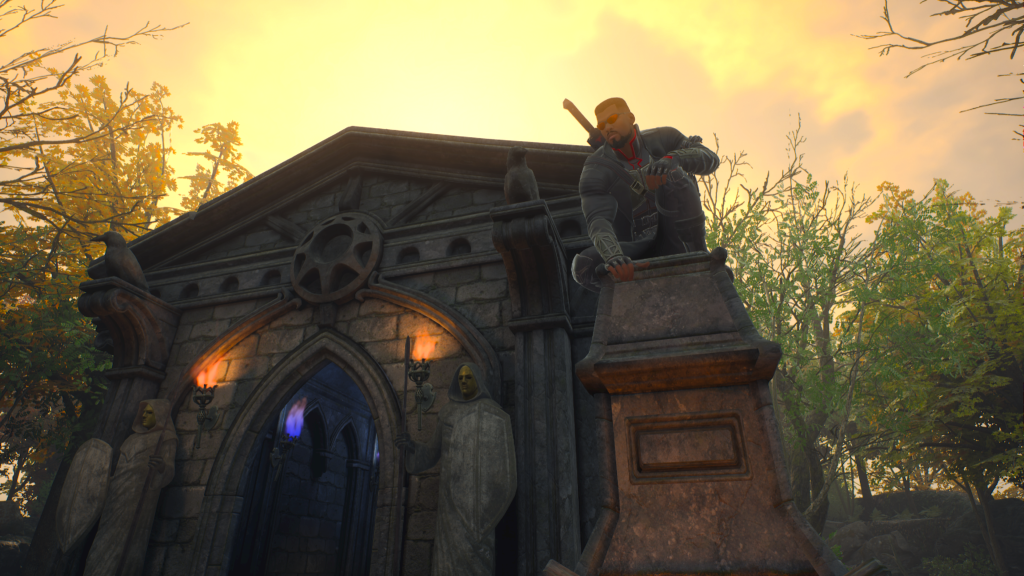
Marvel’s Midnight Suns is greater than the sum of its parts. On their own, each system would be good. The combat is deep and rewarding, and the social sim is engaging with good writing and acting. Combined, both systems shine in balance with the other, and are married to a theme that feels right for the whole package.
If I was going to choose a Game of the Year for 2022, it would easily be Midnight Suns.
